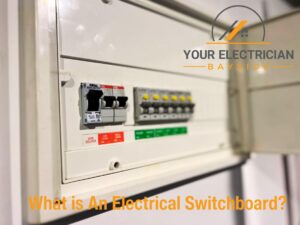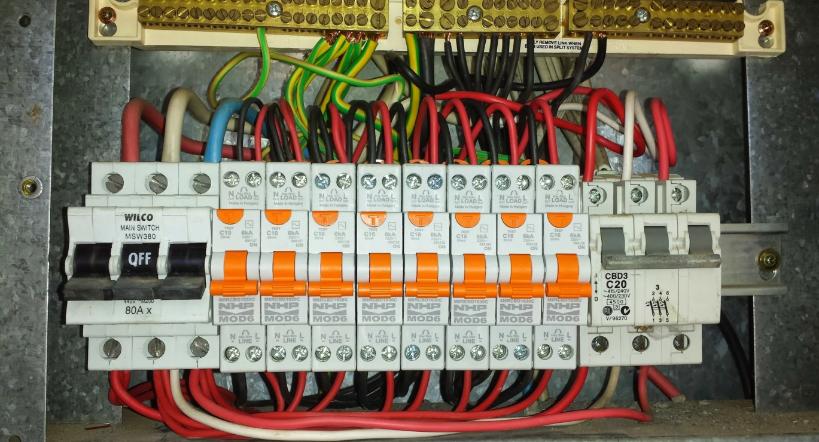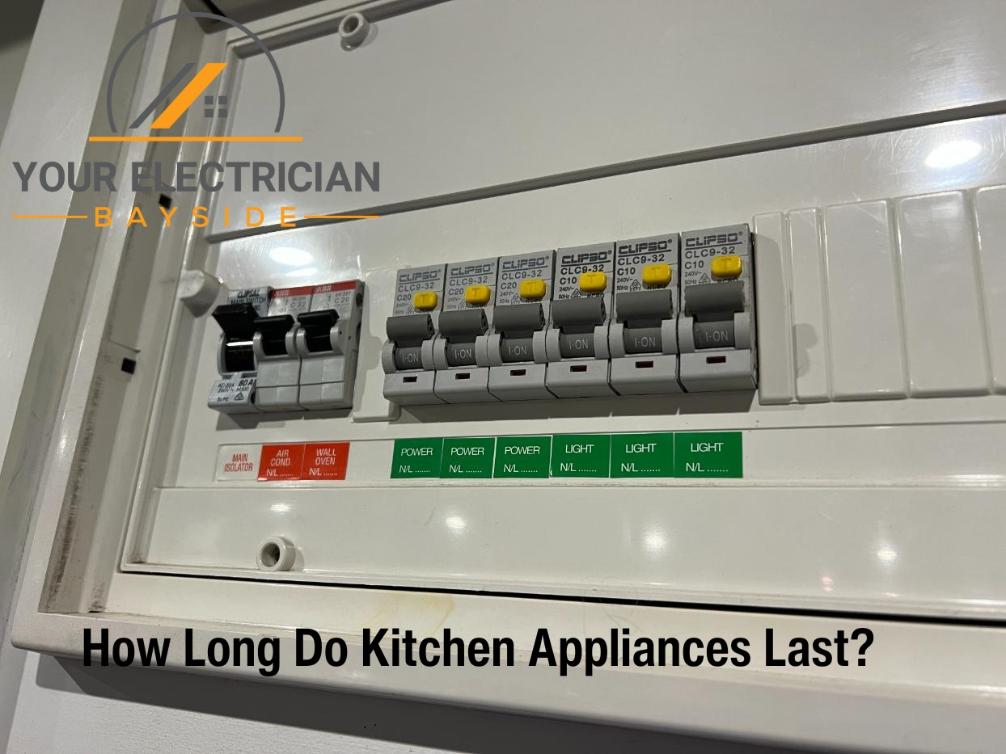An electrical switchboard is a key component in distributing electricity from one source to multiple circuits. It safely manages the flow of electrical current across various outlets and appliances.
Professional electricians in Bayside know that maintaining this device is crucial for ensuring a steady and secure electrical supply in both residential and commercial settings.
This blog will expand on the role of an electrical switchboard, its main parts, and how to choose the right one for your home.
What is the Role of an Electrical Switchboard?
The role of an electrical switchboard is to effectively distribute electrical power from one or more sources to various circuits within a building or an installation. It serves as a critical junction where the main power supply is sectioned into subsidiary circuits, providing a convenient hub for controlling and managing electrical flow.
It has a similar role to a power board but on a larger scale since it’s designed to safeguard against electrical hazards. Its components are essential in preventing damage to electrical appliances and in reducing the risk of electrical fires.
Moreover, the switchboard allows for easy maintenance and troubleshooting, as it centralises the electrical control system, making it simpler for electricians to isolate and address specific issues without impacting the entire power system.
4 Main Parts of an Electrical Switchboard
The 4 main parts of an electrical switchboard are the busbars, residual current devices (RCDs), circuit breakers, and main switch.
Busbars
Busbars in an electrical switchboard are thick strips of copper or aluminium that conduct electricity within the switchboard. They play a pivotal role in distributing power from the switchboard to multiple outgoing circuits. Busbars ensure a stable and efficient distribution of electrical power by providing a common point for incoming and outgoing currents.
Residual Current Devices (RCDs)
Residual current devices, commonly referred to as RCDs, are crucial for ensuring safety in electrical systems. They rapidly cut off the power to prevent electric shock when they detect a mismatch between the incoming and outgoing current. This discrepancy often indicates a leakage of current to the earth, which could occur due to faulty wiring or a malfunctioning appliance.

Circuit Breakers
Circuit breakers are protective devices located within the switchboard, designed to automatically interrupt the flow of electricity in the event of an overload or short circuit. By doing so, they prevent damage to the electrical system and reduce the risk of fires. They can be reset manually or automatically.
Main Switch
The main switch is the primary control device in an electrical switchboard. It allows for the complete disconnection of electrical supply to premises, facilitating safe maintenance and emergency control. This switch is particularly vital during repairs or emergencies, as it ensures that all circuits are completely de-energised.
How Can I Choose the Right Switchboard for My Home?
You can choose the right switchboard for your home by doing the following:
- Assess Power Requirements: Consider the number of electrical appliances and devices you use. This will determine the capacity of the switchboard you need.
- Check for Compliance: Ensure your switchboard and fuse box adhere to AS/NZS 3000:2018, known as the Wiring Rules. Compliance with these standards is crucial for safety.
- Consider Future Expansion: Opt for a switchboard that allows for additional circuits. This is essential if you plan to extend your home or add more electrical devices.
- Look for Safety Features: Choose a switchboard equipped with safety switches (RCDs). These devices protect against electric shock and electrical fires.
- Evaluate Quality and Durability: Select a switchboard made from high-quality materials. It should be robust enough to withstand varying environmental conditions.
- Consider Ease of Maintenance: Pick a switchboard that is easy to maintain. This includes clear labelling of circuits and accessibility for inspections.
- Seek Professional Advice: Consult a licenced electrician. Their expertise is invaluable in ensuring your choice meets both your needs and regulatory requirements.
Can I Install a Switchboard On My Own?
No, you can’t install a switchboard on your own. Only a licenced and qualified electrician is allowed to perform any sort of electrical installation on your property.




